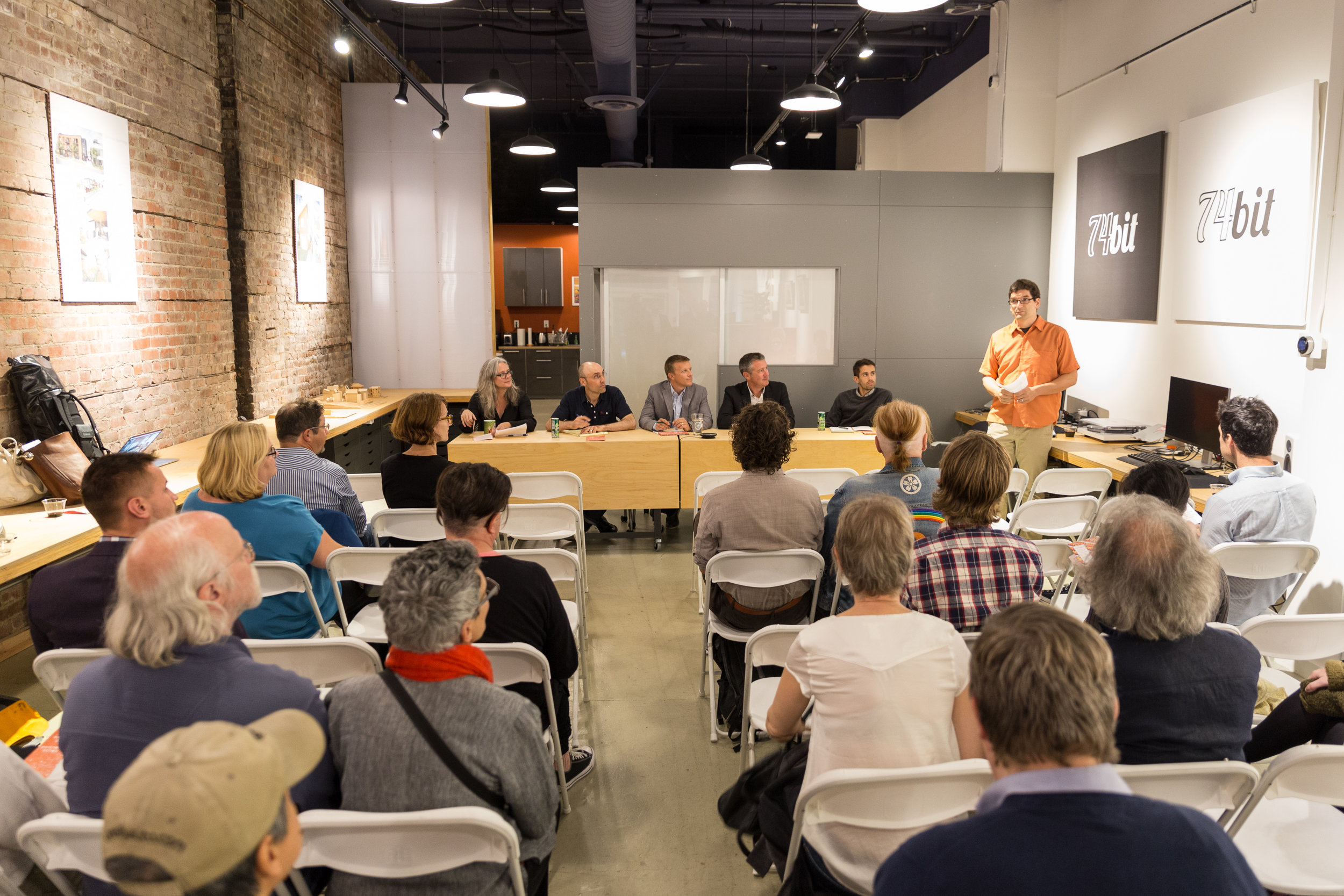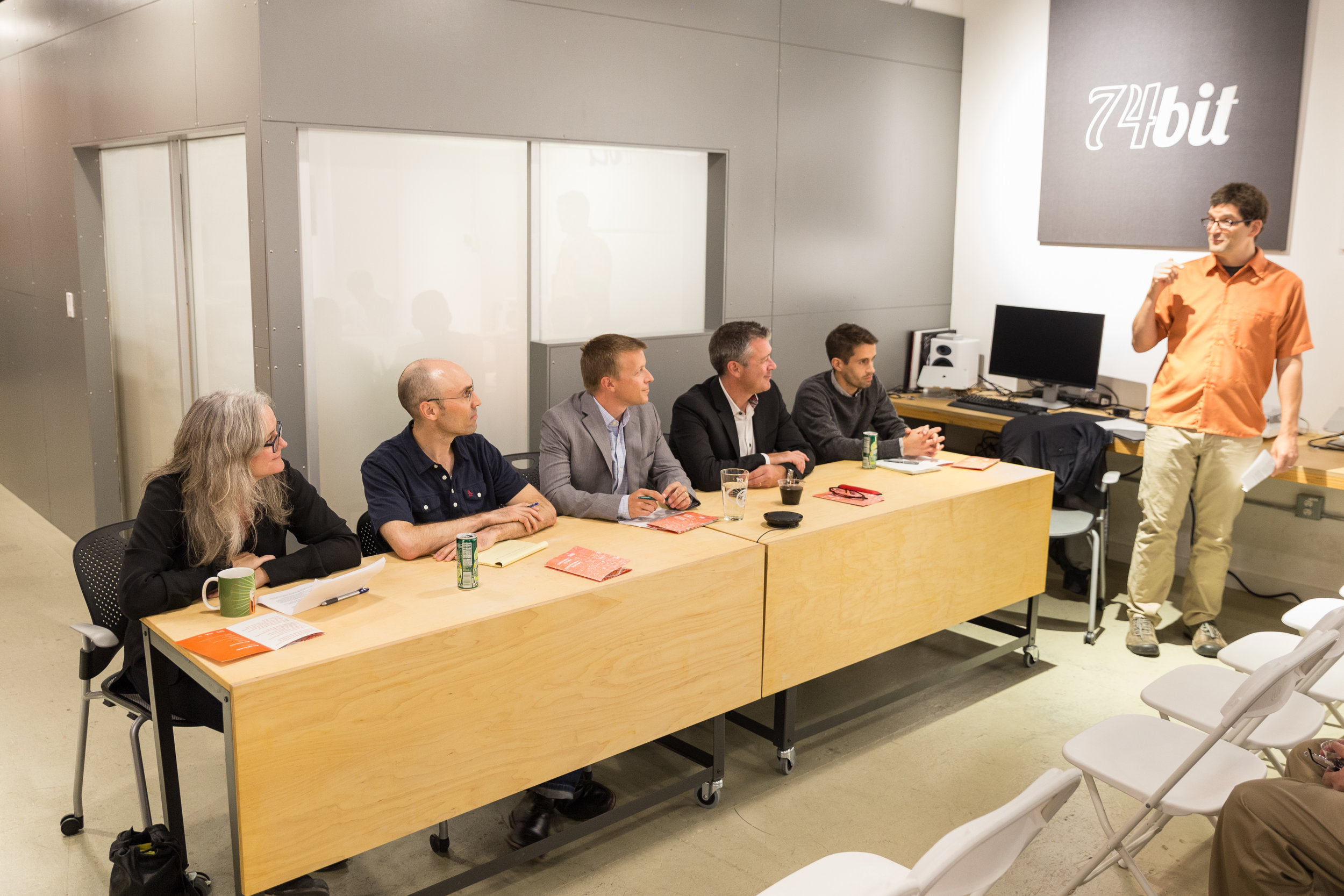Summer is right around the corner here in Seattle! For b9, that means (among many things) we are hosting our first Pioneer Square First Thursday artwalk show of the year!
This coming June, we are excited to host PNW local artist, Chris Kelleher:
Creating mostly through improvisation, I set out to build a relationship between marks focusing on movement, form and light. Though predominately abstract, the landscape of the Pacific Northwest has had a profound influence on my work. Whether I am painting at a live music performance or I am in my studio, music is an important part of the process. I allow music to directly translate into my work by accessing its poetry, melody, and above all else, rhythm. I try to allow each piece to flow from the brush with the same dynamic tendencies as water itself. I consider my work to be both spiritual and playful.
Please join us for the opening show on Thursday, June 7th from 5:30-7:30pm. Light refreshments will be provided. We hope to see you!
Click HERE or on the image below to go to the facebook event page.
































